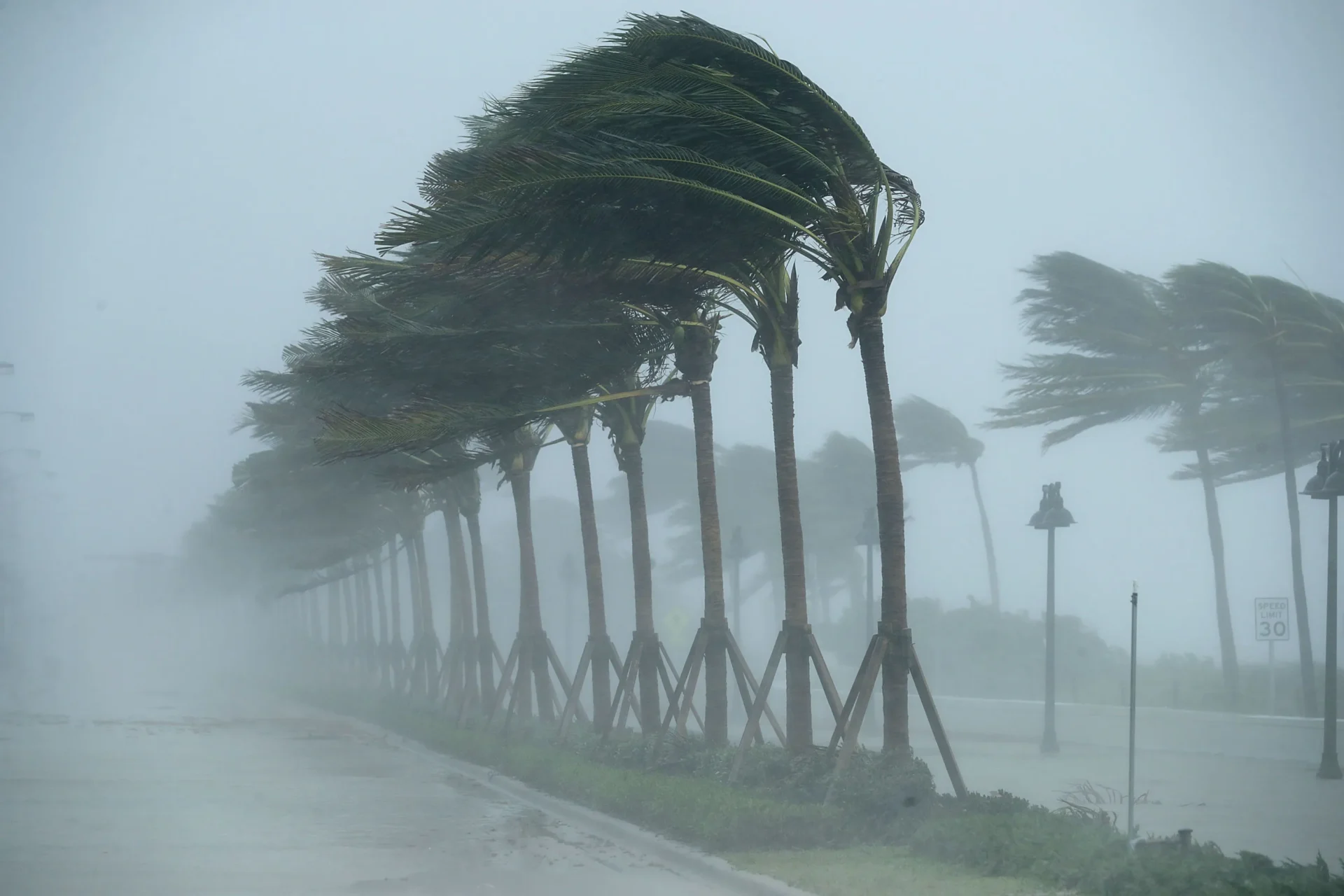Hurricane season isn’t just about boarding up windows. For small and mid-sized businesses, storms can knock out power, damage on-premise hardware, and disrupt access to critical systems—sometimes for days. The good news: with the right plan and tools, you can protect data, keep your team working, and recover fast.
Why hurricanes are a business continuity problem (not just a weather problem)
- Physical damage: Water, wind, and debris can destroy servers, desktops, and network gear.
- Power & connectivity outages: Even without damage, no electricity or internet = no operations.
- Data loss & downtime: If your only copy of data lives on a local device, one surge or flood can erase it.
- Safety & access: Employees may need to work remotely or evacuate; systems must be reachable securely.
The essentials: 3 pillars of digital hurricane preparedness
1) Cloud Backups (off-site and tested)
Back up servers, endpoints, and SaaS data (e.g., Microsoft 365) to secure, off-site cloud storage. Automate backups and test restores quarterly so you know recovery works. Encrypt backups and keep at least one offline or immutable copy to protect against ransomware.
2) Secure Remote Access
Ensure employees can access files and apps from anywhere via a secure method (e.g., SSO + MFA, ZTNA/VPN). Pre-test logins, access policies, and bandwidth so your team isn’t fumbling with credentials during a storm.
3) Disaster Recovery (DR) Runbook
Document a simple, step-by-step plan: who to call, systems to prioritize, how to fail over, and how to communicate status. Print a copy and save it offline—plans stored only online won’t help if internet is down.
What to do before, during, and after the storm
Before (72–24 hours out)
- Verify last backup time and run an extra backup for critical systems.
- Export key documents (client lists, invoices, runbook) to a secure cloud folder and an encrypted USB.
- Test remote access for a few employees; confirm MFA works and passwords are current.
- Shut down and elevate on-prem devices; move small hardware off the floor to reduce flood risk.
- Plug essential workstations/network gear into a UPS; label power-down steps.
- Share a single status page or group message thread for staff updates.
During
- Prioritize safety. Use laptops on battery + cellular hotspots only if it’s safe to do so.
- Stick to the comms plan: short updates (open/closed, response times, emergency contacts).
- Avoid risky email links and unexpected attachments—storm periods are prime time for phishing.
After
- Assess systems in order: internet, firewall, switches, servers, endpoints.
- Restore from cloud backups if needed; verify data integrity before reopening.
- Log incidents (power loss, damage, data restores) for insurance and future improvements.
- Hold a quick retro: what worked, what needs to change before the next storm.
Power & connectivity: practical moves that keep you online
- UPS (Uninterruptible Power Supply): Prevents sudden shutdowns, gives time to save work and power down safely.
- Cellular failover: A 5G/LTE backup router can keep essential cloud apps reachable if cable/fiber goes down.
- Cloud-first apps: Email, files, and phones hosted in the cloud reduce reliance on any one office location.
Cyber hygiene matters more during disasters
Disaster periods see a spike in phishing (“storm alerts,” “invoice updates,” “urgent insurance docs”). Protect your team with:
- MFA everywhere: Blocks most account-takeover attempts.
- Endpoint protection/EDR: Detects and isolates suspicious activity on laptops and servers.
- Security awareness reminders: “Slow down, verify links, and report anything suspicious.”
A quick checklist for hurricane zone businesses
- ✔ Confirm last successful backup and test a small restore.
- ✔ Validate remote access (MFA on, roles correct, licenses available).
- ✔ Print the DR runbook and key contacts list.
- ✔ Protect hardware (elevate, cover, label power-down steps, use UPS).
- ✔ Share one clear channel for staff updates.
Need help building or testing your plan?
At CMIT Solutions Brandon–Lakeland, we help local businesses prepare before the storm: cloud backups, secure remote access, and disaster recovery runbooks that actually work when you need them most.
Let’s make preparedness your advantage.
📧 mworlund@cmitsolutions.com | 📞 (656) 220-2180




